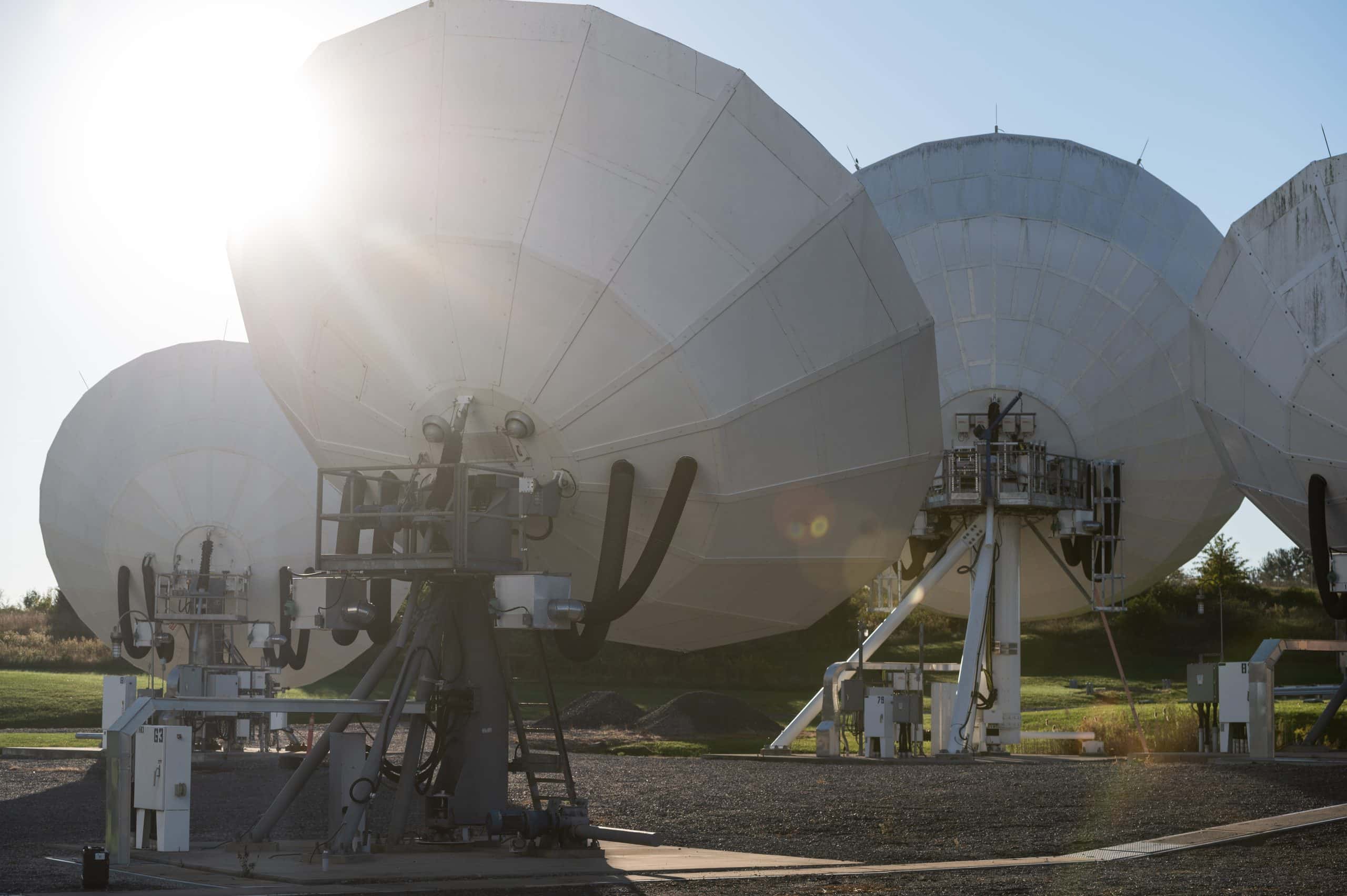Protecting FSS while accommodating the need for new frequencies for 5G mobile networks requires a balanced approach. In some cases, FSS operations below a certain frequency can be relocated to higher bands, though this is not always possible in every region or on every satellite. In all cases, two key things are needed to ensure protection of vital C-band FSS communications when 5G frequencies are allocated in C-band:
- Bandpass Filters: FSS receivers are designed to receive faint satellite signals from 36,000 km above the equator and are overwhelmed by the much higher terrestrial transmissions of 5G base stations. Bandpass filters are needed to mitigate saturation of the Low Noise Amplifier / Block-downconverter (LNA/LNB) of the satellite earth station. Intelsat’s White Paper, “Technical Compatibility Challenges Between Fixed Satellite Service and 5G in C-band” has more details.
- Setting Limits on 5G operating parameters: Out-of-band emissions (OOBE) result from the very strong 5G signal bleeding over into FSS operations, even with filters installed. Mobile network operators (MNOs) have several means available to manage OOBE, including using lower transmit power levels for the base station. Our white paper, “Technical Compatibility Challenges Between Fixed Satellite Service and 5G in C-band” has more details.
Additionally, including a guard band to separate 5G signals from FSS signals allows both tools described above to work better. In the example of the United States proceeding, a 20 MHz guard band is used. Other countries may opt for a larger guard band.








